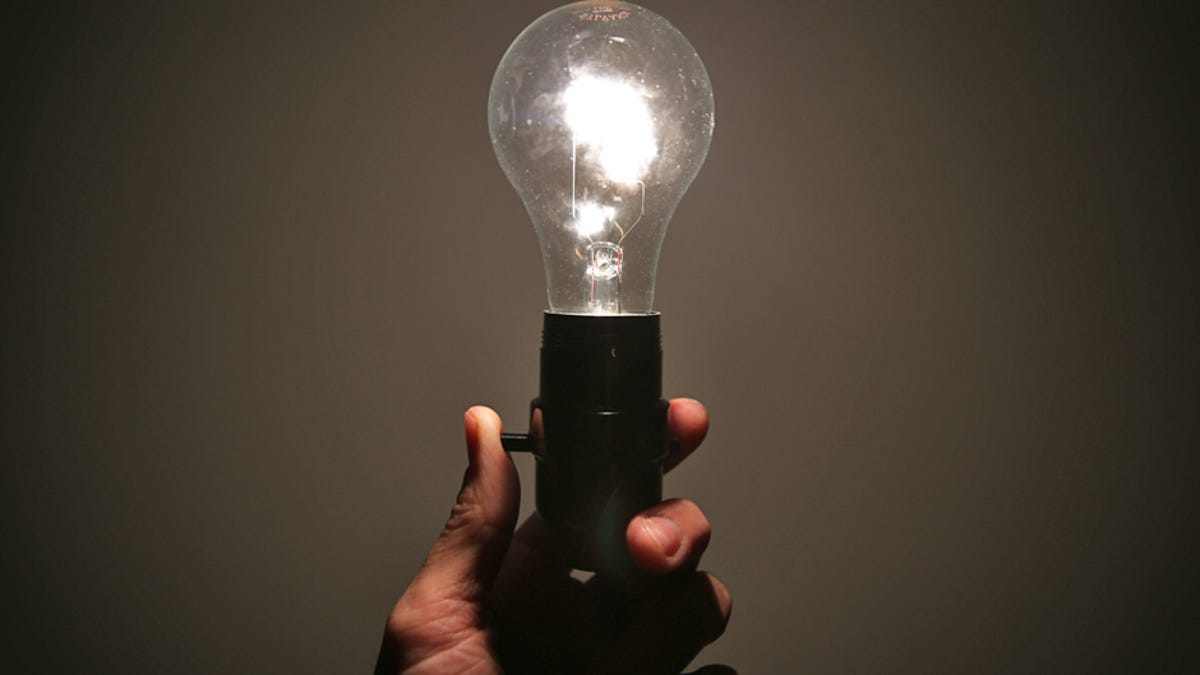Researchers develop an incandescent light bulb powered partially by its own heat
A team at MIT says that the new prototype recycles the bulb's own heat back to the filament, with efficiency comparable to a CFL or even an LED.
If you've ever tried to unscrew an incandescent light bulb after it's been left on for a while, then you know that a good deal of the energy flowing inside produces heat, not light. Now, a team of researchers at MIT claim that they've developed an incandescent bulb capable of recycling that heat back to the filament to help keep it shining bright while consuming less energy.
In an article for Nature Nanotechnology, the team claims that they've incorporated a special filter around the filament of the bulb, which is currently in the proof-of-concept phase. The filter traps wavelengths at the infrared part of the spectrum -- heat -- while allowing visible light waves to pass through.
The energy output of an incandescent light bulb. All of the energy to the right of the red end of the spectrum is invisible heat -- MIT's prototype bulb wants to put that wasted heat to work.
That heat helps keep the filament hot and shiny, and the result is an incandescent bulb that requires less power to put out its light -- roughly the same amount of power as a fluorescent bulb, or even an LED, the team claims. That'd represent a jump in efficiency of more than 80%.
That's a significant claim, but remember that an incandescent bulb's heat can account for as much as 90 percent of its power input. That's a lot of wasted energy that could potentially be put to better use.
This isn't an altogether new approach to building a better light bulb. Halogen bulbs incorporate a similar trick, encasing the bulb's filament within a glass tube filled with gases. Those gases help recycle burned-up tungsten back onto the filament for more efficient light output.
Still, it's a stretch to think that we'll see bulbs like the one MIT built on store shelves anytime soon, if ever. After legislation raised efficiency standards in 2007, the lighting industry shifted its focus to fluorescent bulbs and LEDs, leaving incandescents largely by the wayside.
That said, nostalgia for incandescent bulbs continues to linger, and more than one manufacturer has already tried to take advantage of it, with fluorescent and LED bulbs designed to mimic the light quality and filament build of the bulbs of yesterday.
It's also worth noting that the new efficiency standards don't outlaw incandescents outright -- they just mandate that manufacturers make them more efficient. If the MIT technique accomplishes that without compromising the bulb's brightness or color quality -- and if it's cheaper to manufacture than today's high-efficiency alternatives -- then there's really not much stopping the bulb makers from looking into it.


